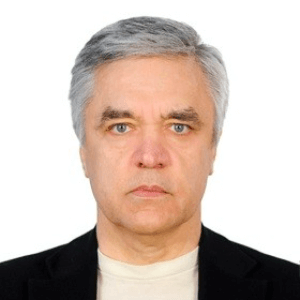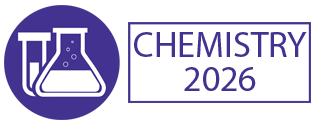Radioanalytical chemistry
Radioanalytical chemistry is a field of chemistry that deals with the detection and measurement of very low levels of radioactivity in substances and materials. This branch of chemistry allows for the measurement of the concentrations and distributions of radioactive particles in the environment. Radioanalytical chemistry also makes it possible to detect and monitor the radiation that is emitted from substances and materials. Radioanalytical chemistry differs from other analytical chemistry disciplines in that it focuses mainly on the detection and measurement of very low levels of radioactive contaminates in materials. This field of chemistry includes the design and use of various analytical techniques that are specifically designed to detect and quantify radioactive pollutants. These analytical techniques involve the application of special instruments and techniques to samples of materials that are designed to detect radioactive elements and particles. In radioanalytical chemistry, scientists make use of a variety of analytical techniques for the detection and measurement of radioactive particles in samples. These techniques usually involve the use of sophisticated instruments and detectors that can be used to identify and quantify the presence of different radioactive isotopes. Standard radiation safety practices are an important aspect of radioanalytical chemistry and all analytical procedures are designed to limit the exposure of scientists and workers to dangerous levels of radioactivity. Once the radioactivity has been identified and measured, the scientist can then move on to develop appropriate strategies and safety precaution that can be implemented to protect people and the environment from exposure to hazardous levels of radioactivity. In summary, radioanalytical chemistry is an important and specialized area of analysis in the field of chemistry. This field of science enables scientists to detect and measure very low levels of radioactivity in substances. By taking into consideration safety protocols and radiation thresholds, scientists work to ensure that individuals and the environment are adequately protected from hazardous levels of radioactivity.

Hossam A Gabbar
Ontario Tech University, Canada
Victor John Law
University College Dublin, Ireland
Alexander Bagaturyants
National Research Nuclear University MEPhI, Russian Federation
Sergey Suchkov
N.D. Zelinskii Institute for Organic Chemistry of the Russian Academy of Sciences, Russian Federation
Shree Niwas Chaturvedi
Centre for Aptitude Analysis and Talent Search, India
Pieter Samyn
SIRRIS, Belgium




Title : Advances in plasma-based radioactive waste treatment
Hossam A Gabbar, Ontario Tech University, Canada
Title : Unraveling the ultrastructure and functions of the neuronal membrane skeleton using super-resolution fluorescence microscopy
Zhou Ruobo, Djillali Liabes University of Sidi Bel Abbes, Algeria
Title : Solar box cooker dehydration, and relative humidity endpoint detection, of lamiaceae culinary leaves on the island of Crete
Victor John Law, University College Dublin, Ireland
Title : Nutrient and heavy metal loads from the Ribeiras to Coastal zones: A land-ocean continuum perspective in Madeira Island
Aracelis Del Carmen Narayan Rajnauth, University of Porto, Portugal
Title : Prospective polyoxometalate-based covalent organic framework heterogeneous catalysts
Arash Ebrahimi, Comenius University Bratislava, Slovenia
Title : Eliminating implant failure in humans with nano chemistry: 30,000 cases and counting
Thomas J Webster, Brown University, United States